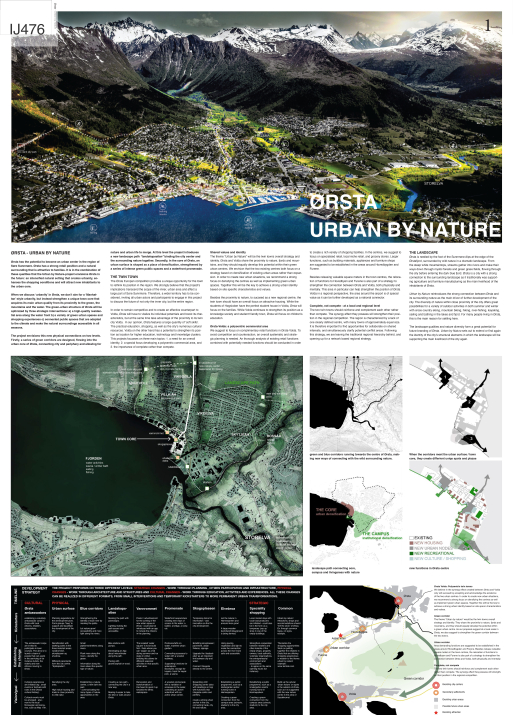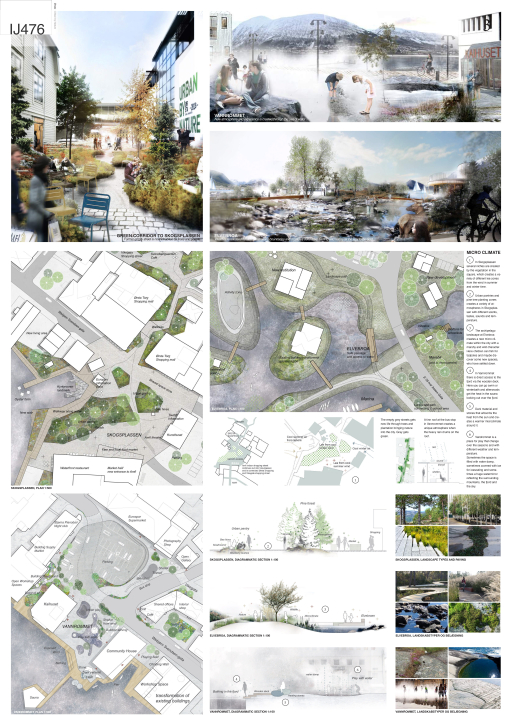Project:
Urban By Nature
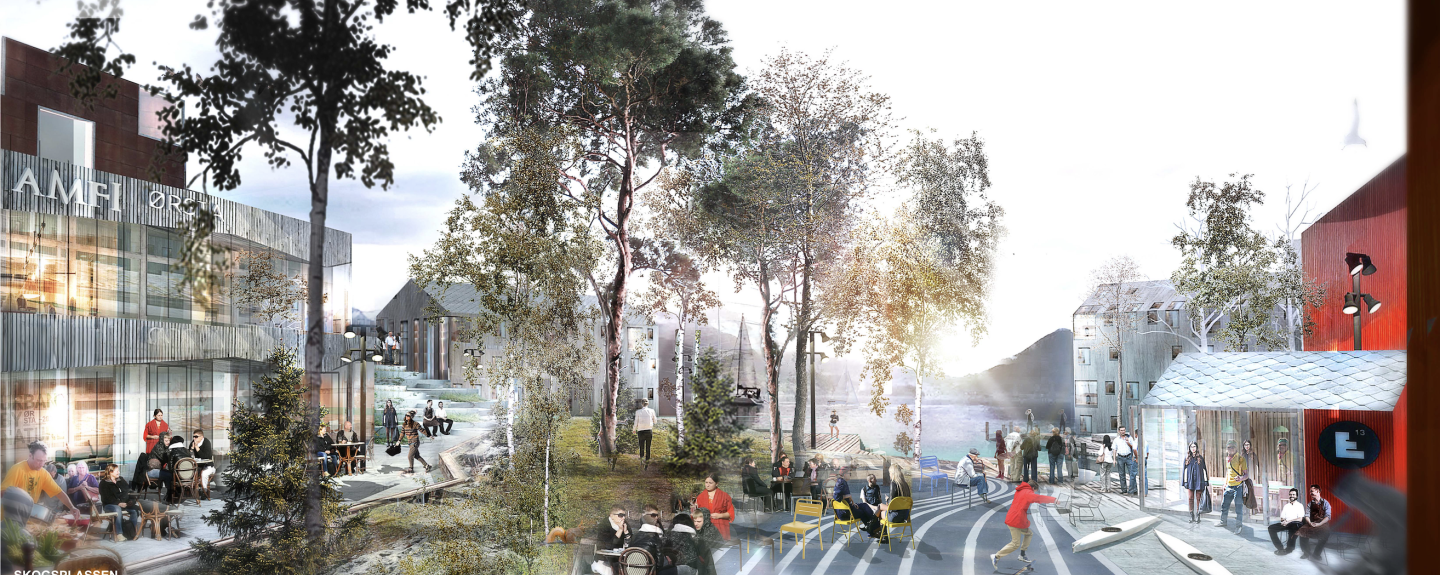
About
-
Ørsta has the potential to become an urban center in the region of Søre Sunnmøre. Ørsta has a strong retail position and a natural surrounding that is attractive to families. It is in the combination of these qualities that the Urban by Nature-project envisions Ørsta in the future: an intensified natural setting that creates urbanity, enhances the shopping conditions and will attract new inhabitants to the urban core.
When we discuss ‘urbanity’ in Ørsta, we don’t aim for a ‘Manhattan’-style urbanity, but instead strengthen a unique town core that acquires its main urban quality from its proximity to the green, the mountains and the water. The green-urban structure of Ørsta will be optimized by three strategic interventions: a) a high-quality residential area along the water front b) a variety of green urban spaces and shopping experiences c) connected public spaces that are adapted to the climate and make the natural surroundings accessible in all seasons.
The project envisions this new physical connections on two levels:
Firstly, a series of green corridors are designed, flowing into the urban core of Ørsta, connecting city and periphery and allowing for nature and urban life to merge. At this level the project introduces a new landscape path “landskapsstien” binding the city centre and the surrounding nature together.
Secondly, in the core of Ørsta, an urban surface is shaped as a place of densification, strengthened by a series of intense green public spaces and a waterfront promenade.
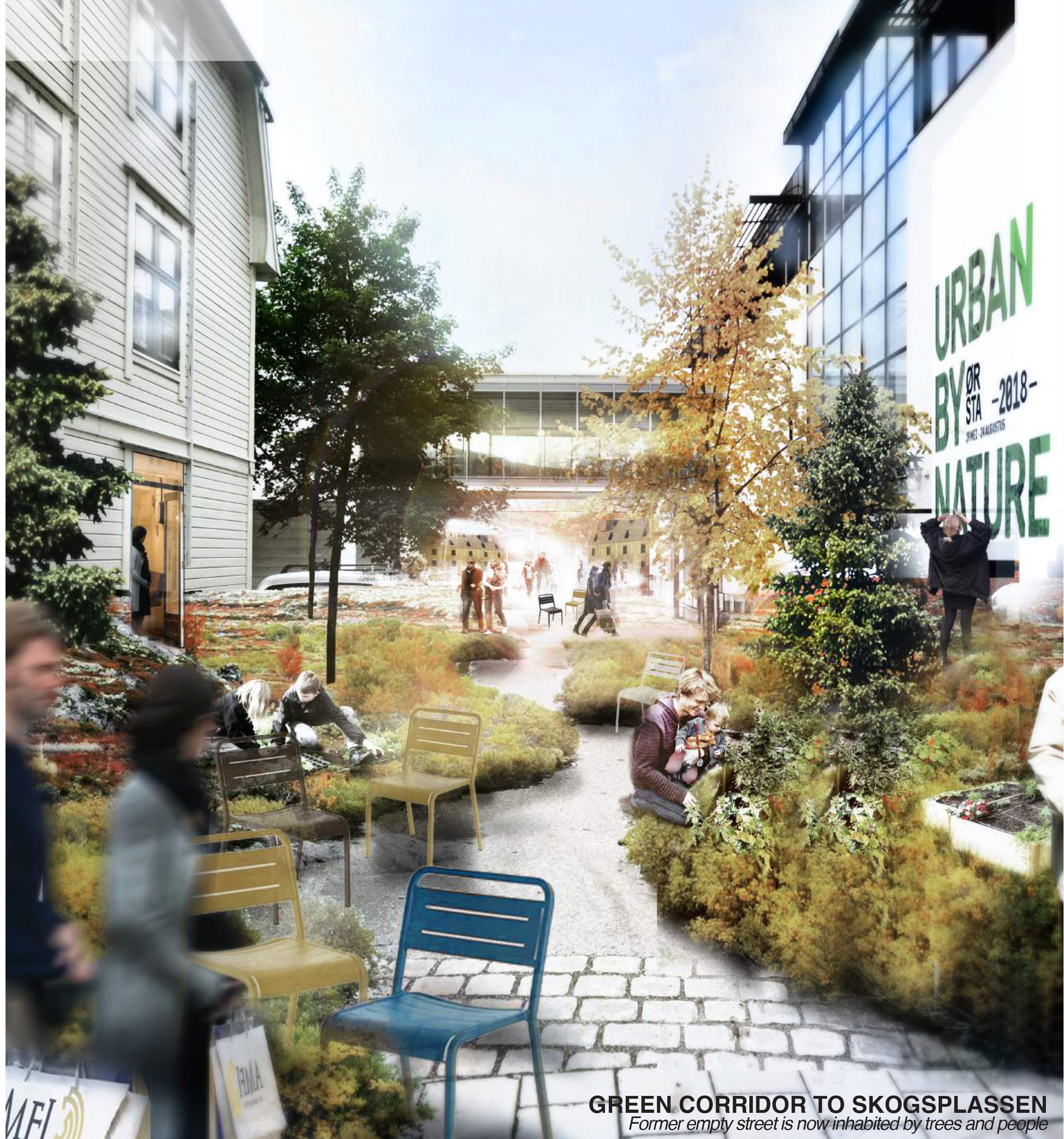
-
Urban by nature proposes to strengthen Ørsta ́s identity through landscaping. By creating intensified natural settings within the town’s core, the project seeks to build on Ørsta’s status as a destination for mountaineering, climbing and fishing. The project’s strength derives from its way of using nature as a tool to achieve new civic qualities by defining a set of ecological corridors based on existing riverscapes and green structures, connecting the outer Ørsta landscape to the town centre and the waterfront. Where the corridors meet, new public spaces are proposed, which contribute to intensify the scale of the town by activating and densifying vacant sites with and through nature.
The landscaping strategy, visualized in a beautiful and poetic yet site-specific atmosphere, would strengthen Ørsta’s identity both on a local and regional level as well as beyond. The jury believes that the three main places of town centre intensification is a believable strategy, but is less enthusiastic about the scattered spatial interventions between the corridors, especially along the waterfront. The jury also questions whether landscaping is enough to reactivate the centre. The highly detailed landscape appears to be mainly motivated by aesthetics and the jury believes that the project would benefit from including further considerations on possible operative qualities of the green corridors.
-
Team Representative: Louise Dedenroth Høj (DK) – architect; Associates: Lea Olsson (DK), Rie Davidsen(DK), Anne-Mette Hjøllund Madsen (NO), Anne-Ragnhild Larsen (DK), Anders Liisberg-Larsen (DK), Jan Alewijn Matthijs Loerakker (NL), Christian Stahlfest Holck Skov (DK) – architects
Stuen Architects, Rosenborggade, 1302 København K – Danmark
+45 207 33 831 – stuen@stuenarchitects.com – www.stuenarchitects.com
A. Liisberg-Larsen, A.-M. Hjøllund Madsen, A.-R. Larsen, C. S. H. Skov, L. Olsson, R. Davidsen, J. A. M. Loerakker, L. D. Høj
Team interview
1. How did you form the team for the competition?
Stuen is a social and creative network within the field of architecture. We are currently eleven people who have known each other from the School of Architecture in Copenhagen, and we meet to work on projects, share ideas and create events together.
2. How do you define the main issue of your project, and how did you answer on this session main topic: Adaptability through Self-Organization, Sharing and/or Project (Process)?
The theme of adaptability is very broad and we worked with this on various scales! The project has, in our opinion, the advantage that it can be read through a series of different urban strategies. Some involve visions about how citizens involvement can adapt with the city in the future; others circle around the theme of the big shopping mall and how it can transform into a multifunctional dwelling and shopping complex; and other interventions work on the scale of the car and how parking can adapt over time into many new architectural forms. So in our opinion it is a question to answer on many scales, from urban to architectural.
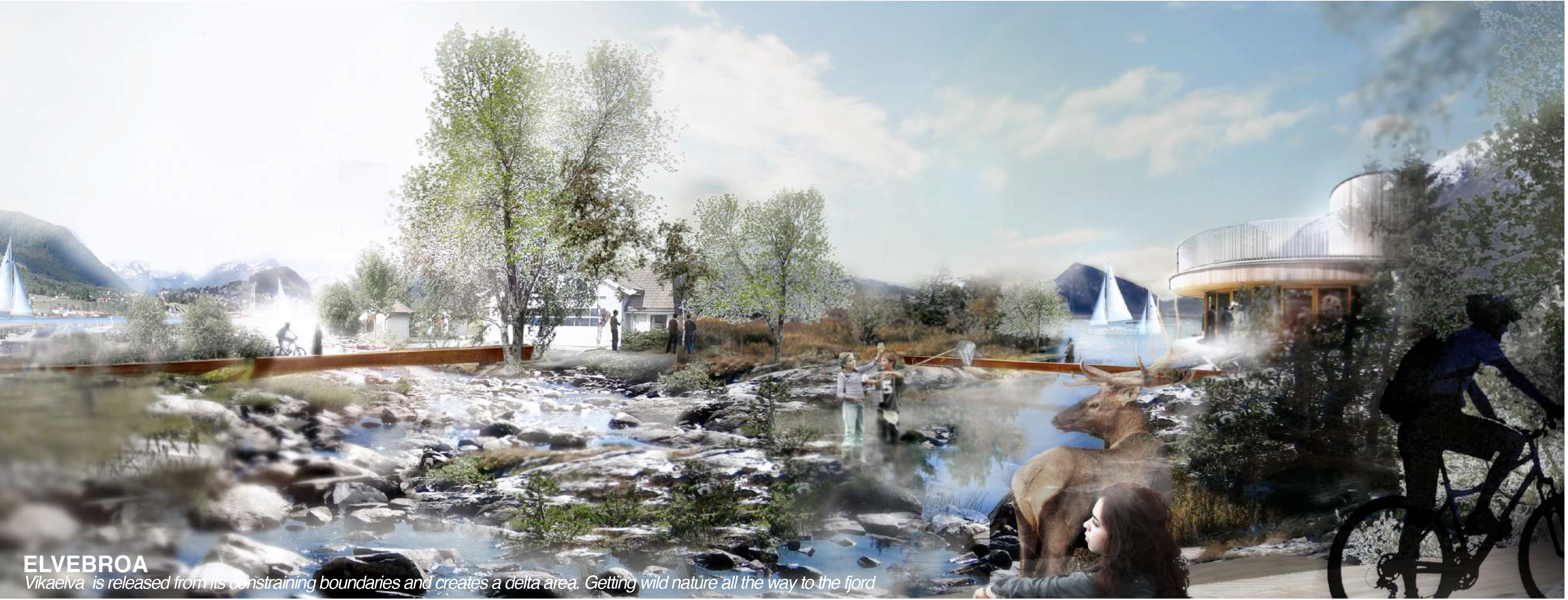
3. How did this issue and the questions raised by the site mutation meet?
One example of how the Europan theme was developed onto the project site was through a series of green public spaces in the town core. We aimed, through these, to strengthen Ørsta’s proximity to the greenery, the mountains and the water. The new, connected public microclimatic spaces can then adapt to the climate and make the natural surroundings accessible in all seasons.
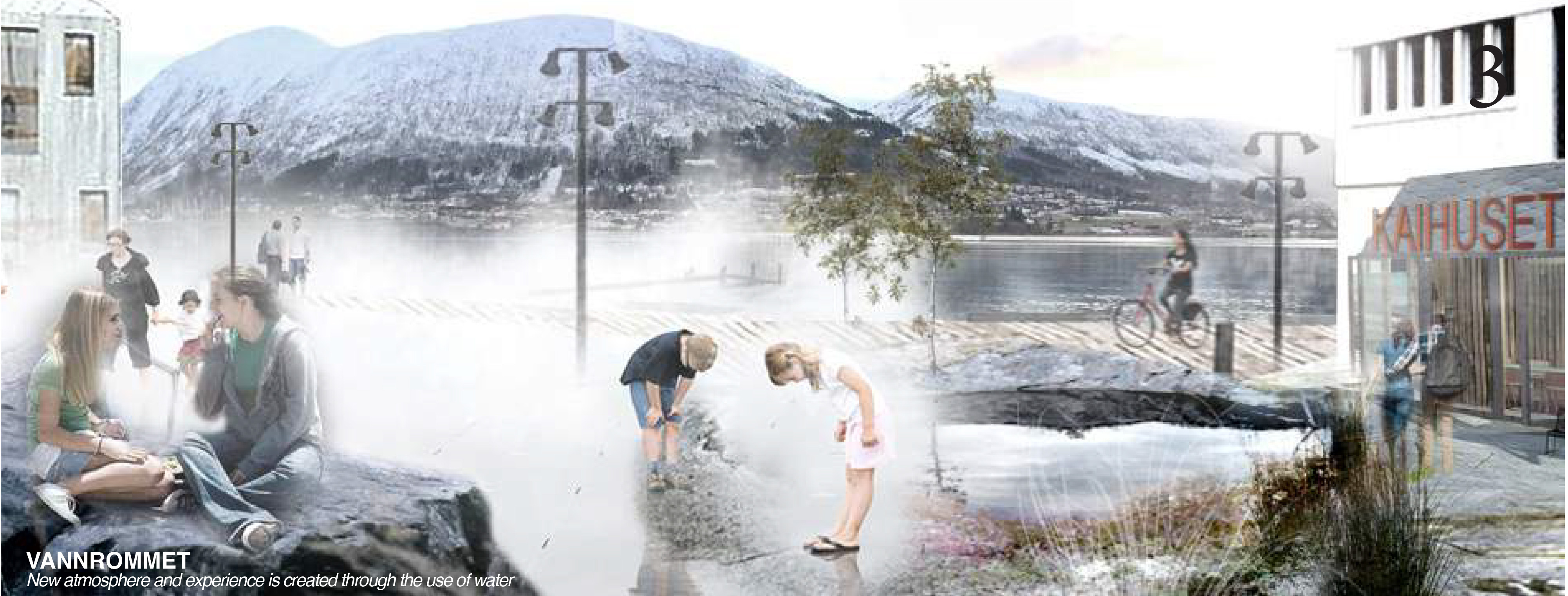
4. Have you treated this issue previously? What were the reference projects that inspired yours?
We came across this theme many times while studying and working in Denmark. Also here –as in Ørsta– one current urban challenge is how to redefine the outskirts. One initiative that is established in relation to this is Stedet tæller – a foundation focusing on the local potential in the coastal areas of Denmark. The potentials include heritage of buildings and landscapes, proximity to magnificent nature or local crafts traditions, but also values such as local knowledge, culture and existing social networks. By the use of strategies, activities and physical projects that develop the local potentials, the foundation is contributing to a positive and sustainable development in remote areas that are not necessarily based on economic or population growth.
But we also believe that adaptability and resilience are topics that could and should be worked with in dense urban contexts as well. This is exemplified in the work of Phillipe Rahm, who works in the field of architecture and microclimate.
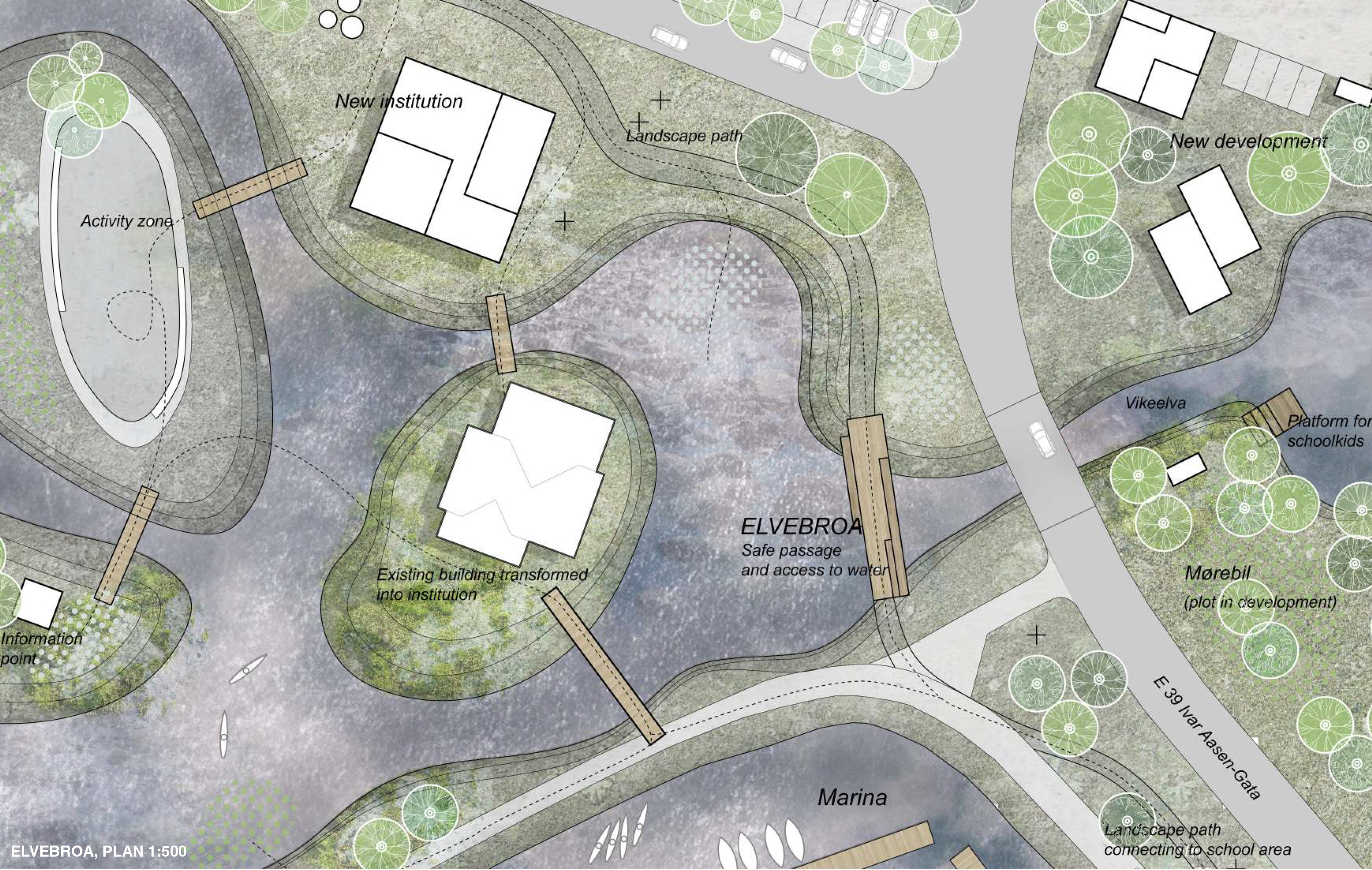
5. Today –at the era of economic crisis and sustainability– the urban-architectural project should reconsider its production method in time; how did you integrate this issue in your project?
Discussing the transformation of Ørsta we quickly became aware that everything could not happen all at once. Time therefore became a key aspect in developing the plan and we made a scheme that categorized the timeframe and pace at which all the smaller interventions could take place. The interventions vary from very simple and costless initiatives (like citizen involvement) to large and expensive building projects (like the landscape path and the harbour front). This way Ørsta has the opportunity to realize parts of the plan and transform according to time and progress.
6. Is it the first time you have been awarded a prize at Europan? How could this help you in your professional career?
We all recently graduated from architecture school and this was the first time we have participated in Europan. We have had many great and positive responses after this and we are looking forward to continue our teamwork in the coming Europan competitions.
Related projects
-
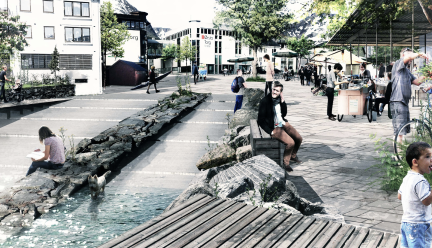
Connecting Ørsta
The main concept of the project is to establish clear connections and identities in Ørsta.
-
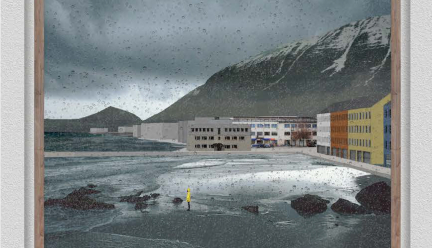
Utmark
This project proposes to explicitly reverse the haphazard way that exemptions to the freedom to…
-

Urban By Nature
An intensified natural setting that creates urbanity, enhances the shopping conditions and attracts…
